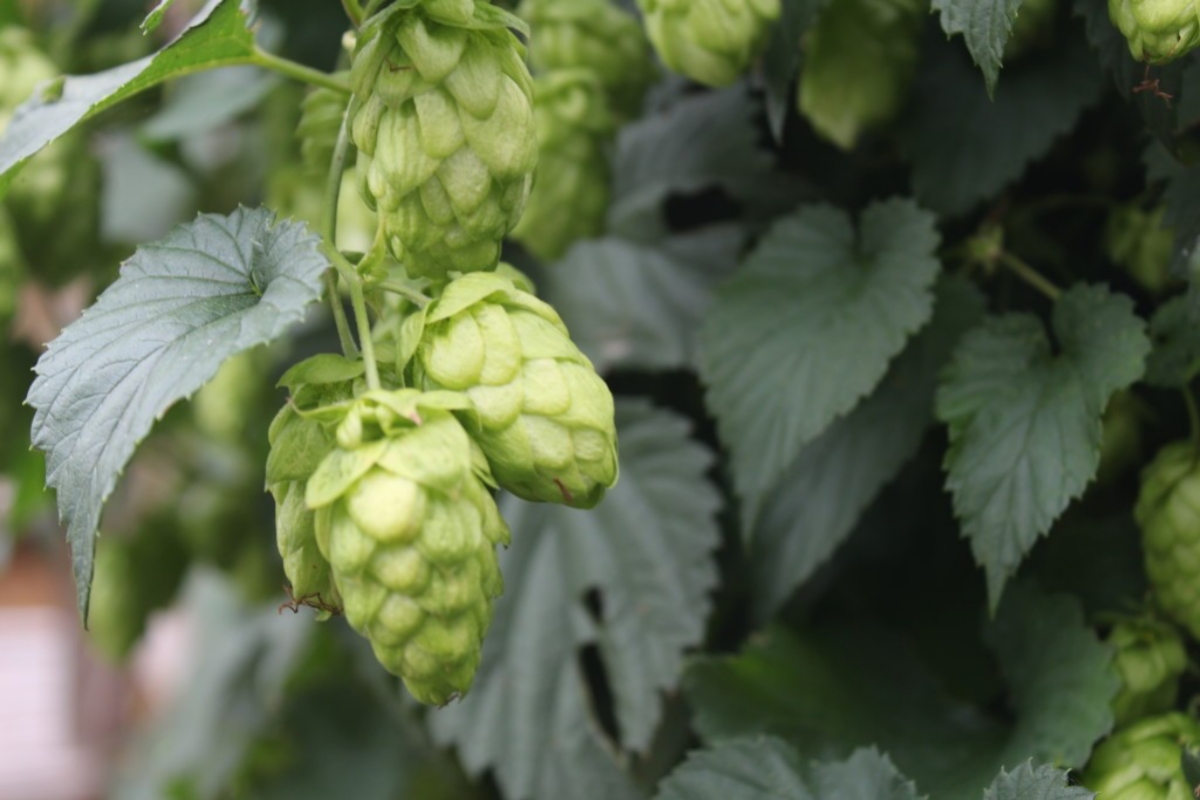
The Hop Growers of America released its 2021 Stat Pack, a report that compiles the most recent figures and trends in the U.S. hop industry. Despite the growing challenges throughout the season, the U.S. hop industry emerged from 2021 with a record-breaking hop production of 116.5 million lbs. Commercial acreage increased 4 percent and total production soared 11.18 percent above the 2020 crop. Some additional stats included:
- For the fourth year running Citra HBC 394 remains dominant in acreage, this season commanding nearly 1 out of every 5 hop bines in the Pacific Northwest and tallying a total of 11,994 acres.
- Notably for the first time Mosaic HBC 369 clinched the number two spot with 6,374 acres, preceding third place super alpha CTZ and fourth place Cascade.
- A historic heat wave in June largely defined the growing challenges for the season, elevating temperatures to a scorching 115 degrees across the Pacific Northwest and threatening to stunt the crop. Producers spent the summer nurturing the crop with precise irrigation and many varieties rebounded admirably, resulting in average yields of 1,900 lbs per acre in the Pacific Northwest consistent with the 10-year PNW average of 1,889 lbs per acre.
- 2021’s production increased to 116.5 million lbs, which includes an estimate for farms not counted by USDA-NASS. NASS only surveys the PNW — Washington, Oregon, and Idaho — as they grow the majority of the U.S. crop and are the modern traditional home of the U.S. commercial hop industry. HGA’s network of contacts across the country provided estimates for acreage and yields — this year the survey calculated an estimate of 1,387 acres outside of the PNW yielding 900,000 pounds.
- Washington production represented 73 percent of the Pacific Northwest, followed by Idaho with 16 percent and Oregon with 11 percent. The remaining states commercial hop production is estimated at 900,000 lbs.
- States outside the Pacific Northwest experienced a season punctuated by lengthy periods of precipitation, contributing to mildew and the fungal-derived diaporthe affliction. Operations suffered severe cone shattering during harvest, greatly impacting yields.
- Since 2012 (10 years) U.S. hop acreage has increased 109 percent, from 29,683 to 62,259 acres. During that period the variety balance shifted from roughly 50-50 alpha and aroma hops in 2012 to 80.5 percent aroma varieties in 2021. In 2021 alpha/bitter hop varieties represented 19.5 percent of US acreage.
- Growers have faced substantial increases in the cost of production, driven by expansion of harvesting and production capacity to handle a doubling of acreage over the past 10 years, updating equipment, increased labor costs (including health care and other benefits), and inflation in the cost of production inputs.
- Administrative and operating costs associated with food safety, best practices compliance and other customer requirements have also increased. Lower yielding aroma varieties have a higher cost per pound to maintain a consistent gross income per acre. Additional economic impacts in 2021 resulted from continued COVID-related requirements for PPE, distancing workers during transport and operations, hiring additional workers to substitute for those who were sent home to quarantine if exposure was suspected, and additional staffing to accomplish worker health checks, sanitizing equipment, vehicles, tools, and other surfaces. In addition, H-2A worker housing could not be utilized to its full capacity due to social distancing requirements, thereby increasing the costs for housing guest workers.
- Washington State University updated the Pacific Northwest Hop Cost of Production Study in 2020, estimating the annual cost of producing mature standard trellis hops under drip irrigation in the PNW at $13,588 per acre (including variable and fixed costs, depreciation, etc.) — see https://www.usahops.org/growers/cost-of-production.html. Substantially increased inflation impacting supplies, fuel, labor, and other inputs was estimated at 6.5 percent for 2021, which would result in a cost of production of $14,471 per acre when applied to the 2020 figure derived by WSU.
